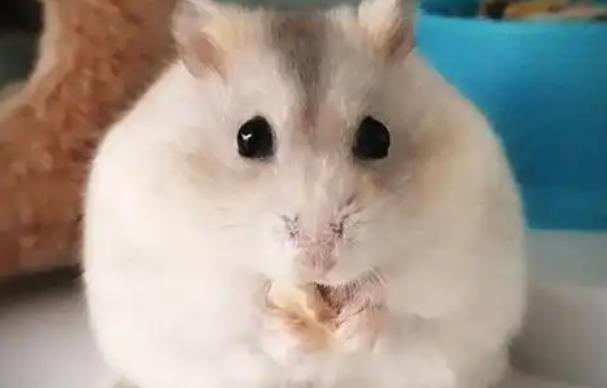Here’s a detailed analysis of hamster cannibalism and preventive measures:

I. Primary Causes
1. Environmental Stress
Postpartum females are hyper-sensitive: Noise, bright lights, or frequent disturbances trigger stress, leading to pup attacks.
Crowded cages or high temperatures exacerbate maternal anxiety.
2. Nutritional Deficiency
Inadequate protein (<16%) during pregnancy/lactation may drive mothers to eat pups for energy.
Food scarcity or imbalanced diets trigger the instinct to "sacrifice weak pups to save stronger ones."
3. Scent Interference
Human scent on pups can confuse the mother, making her reject or attack them as foreign threats.
4. Pup Health Issues
Mothers naturally cull weak, deformed, or dead pups to conserve resources for healthy offspring.
5. Inexperience in First Births
Young mothers may accidentally harm pups due to panic or confusion.
II. Prevention Strategies
1. Environmental Management
Keep the birthing area quiet and dim; avoid moving the cage or frequent checks.
Provide ample bedding (e.g., wood shavings) and hidden nesting spots.
2. Nutritional Enhancement
Increase high-protein foods during lactation (boiled egg whites, mealworms) and offer small daily egg yolk supplements.
3. Minimize Human Contact
Avoid direct pup handling for 2 weeks after birth; use unscented gloves if necessary.
4. Health Screening
Remove stillborn or obviously weak pups promptly, and limit litter size to ≤8 pups.
III. Special Case Management
1. Separate the Male Hamster
Isolate the father immediately after pregnancy to prevent attacks on the mother or pups.
2. Evaluate Maternal Instincts
Prioritize females in their 2nd–4th litter for breeding, as they have richer parenting experience.
Immediate Action: If the mother frequently bites pups or shows abnormal restlessness, temporarily separate her for observation.
